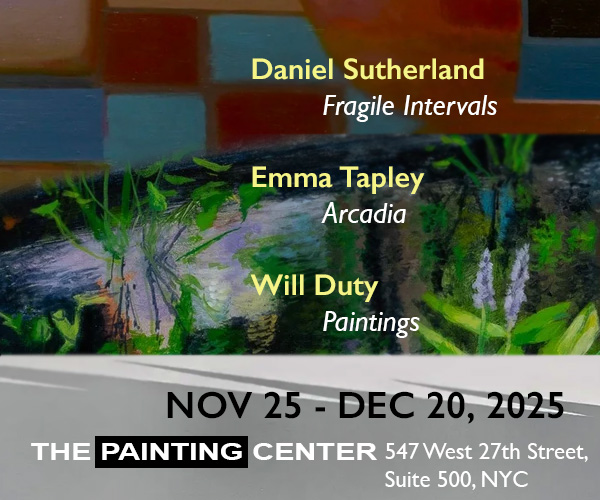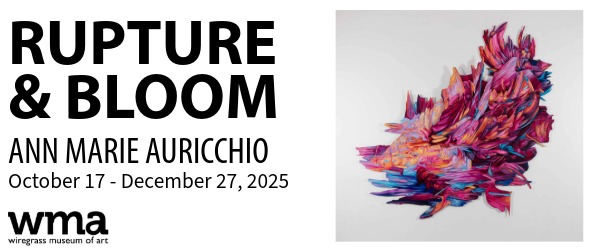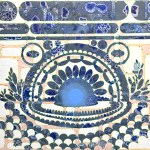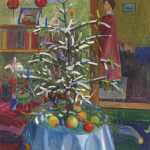Contributed by Riad Miah / Andrea Belag, in her current exhibition, “Twombly’s Green”at Steven Harvey Fine Arts Projects, uses oil paint as a calligrapher might, employing sweeping gestural marks, scrapes, and wipes, as well as color itself, as her visual vocabulary. The paintings, of course, are not to be “read” in a linear manner but rather to be encountered and experienced.
Tag: David Reed
A (mostly appreciative) response to Saul Ostrow
Contributed by Adam Simon / I was struck by the last two sentences of Saul Ostrow’s essay, “Painting simulacra: Brice Marden, David Reed, and Gerhard Richter.” He writes: “Marden, Reed, and Richter have sustained abstract painting’s aesthetic and cultural value as a mode of resistive thinking. In most cases, though, this has been misread or at least subsumed by its own model, thereby giving rise to the kind of acritical aestheticism and nostalgia that bolsters painters who promote gestural abstraction as a genre or motif rather than a mode of inquiry.” It took a minute to unpack this statement and allow it to sink in. Ostrow’s critique is dense, and appears to implicate most contemporary gestural abstract painters as well as contemporary criticism that dismisses the possibility of radical formalism.
Painting simulacra: Brice Marden, David Reed, and Gerhard Richter
Contributed by Saul Ostrow / “Let the Painting Make You,” the exhibition of Brice Marden’s last paintings; at Gagosian Gallery, set me to thinking about the relationship between Marden’s earlier gestural works and Gerhardt Richter’s process-oriented abstract paintings, which in turn led me to consider the connection of their works to those of David Reed and then to the French artists Simon Hantai and Bernard Frize who, like Reed, creates the illusion of an impossible spontaneity. Slowly, I came to focus on the question of why Richter is identified with post-modernism, while Marden and Reed’s works are most often critically identified as being quintessentially modernist and formalist. While Hantai (the modernist?) and Frieze (the post-modernist?) fit the question of what constitutes post-modern abstract painting, their references and histories are different for consideration here. Instead, I decided I would focus on Richter, Reed and Marden all who seem to transgress the formalist and modernist dictums that were generated in the 1950s and 1960s in the United States and then exported abroad, as such Hantai and Frize are part of another genealogy.
Catalogue essay: COVER THE EARTH by Stephen Maine
Curated by artists Elisabeth Condon and Carol Prusa, “POUR,” an exhibition that examines the use of poured paint in contemporary art practice, opens this week at the Schmidt Gallery, Florida Atlantic University, in Boca Raton, Florida. Condon, a painting professor at University of South Florida and Prusa, a painting prof at FAU, tapped Stephen Maine to write the essay, which references Pollock, Kaprow, Frankenthaler, Morris Louis, James Brooks and others.
Michael Fallon: Chronicling artistic failure
In his art blog The Chronicle of Artistic Failure, Michael Fallon studies how art is failing in this country. Part journalism, part concentrated research, part […]
Yau on Reed
“David Reed,” Max Protetch, New York, NY. Through Dec. 22. This is Reed’s fifteenth solo show with Max Protetch. In the Brooklyn Rail, John Yau […]


























